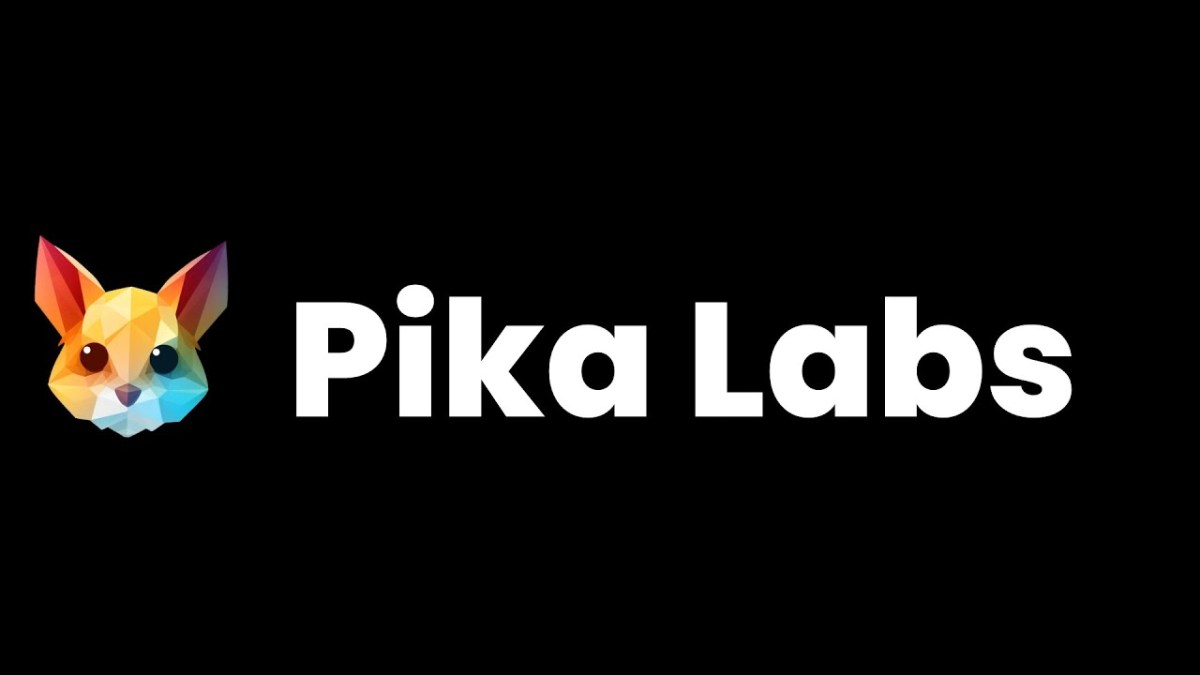
The generative AI hype hasn’t died down yet.
Case in point, Pika, a startup creating an AI-powered platform to edit and generate videos from captions and still images, today announced that it raised $55 million in a funding round led by Lightspeed Venture Partners with participation from Homebrew, Conviction Capital, SV Angel, Ben’s Bites and notable angel investors including Quora founder Adam D’Angelo, ex-GitHub CEO Nat Friedman and Giphy co-founder Alex Chung.
The fresh tranche comes just six months after Pika emerged from stealth and coincides with the early access launch of what Pika’s calling “Pika 1.0,” a new suite of videography tools that introduces a generative AI model capable of editing videos in a range of styles, like “3D animation,” “anime” and “cinematic.”

Image Credits: Pika
“Video is at the heart of entertainment, yet the process of making high-quality videos to date is still complicated and resource-intensive,” Pika writes in a blog post published on its website this morning. “When we started Pika six months ago, we wanted to push the boundaries of technology and design a future interface of video making that is effortless and accessible to everyone. Since then, we’re proud to have grown the Pika community to half a million users, who are generating millions of videos per week.”
Pika was co-founded by Demi Guo and Chenlin Meng, both former Ph.D. students in Stanford’s Artificial Intelligence Lab. Prior to studying at Stanford, Guo worked as an engineer at Meta’s AI research division, while Meng co-authored a number of AI research papers including several pertaining to generative AI.

Image Credits: Pika
Pika competes against generative AI video tools and models from the likes of Runway and Stability AI. But with Pika 1.0, Pika’s looking to up its game with several differentiating features.
For example, Pika 1.0 ships with a tool that can extend the length of existing videos or transform them into different styles, like “live action” to “animated” — or expand the canvas or aspect ratio of a video. Another module edits video content using AI, like changing someone’s clothing or even adding another character.
We’ll have to put those capabilities to the test once Pika 1.0 becomes widely available. But for what it’s worth, Lightspeed — which is also an investor in Stability AI — has confidence in the platform — even as tech giants like Google and Meta telegraph that they, too, are working on generative AI tools for video.

Image Credits: Pika
“Just as other new AI products have done for text and images, professional-quality video creation will also become democratized by generative AI. We believe Pika will lead that transformation,” Lightspeed’s Michael Mignano said in a press release. “Given such an impressive technical foundation, rooted in an early passion for creativity, the Pika team seems destined to change how we all share our stories visually. At Lightspeed, we couldn’t be more excited to support their mission to allow anyone to bring their creative vision to life through video, and we’re thrilled to be investing alongside other amazing investors at the forefront of AI.”
Pika’s rapid growth is reflective of the continued, strong demand for generative AI of all flavors — from tools like Midjourney and DALL-E 3 to ChatGPT.
In a recent report, IDC projected that generative AI investments will rise from $16 billion this year to a whopping $143 billion in 2027. While generative AI accounts for just 9% of overall AI spending in 2023, the firm expects that’ll increase to 28% within five years.
The spending might just be justified. A recent poll — albeit focused only on users from the U.K. — found that Gen Z is embracing generative AI, with four in five (79%) teenagers aged 13-17 reporting having used generative AI tools, apps and services including ChatGPT and Snapchat’s My AI.
Then again, Gen Zers aren’t necessarily paying for generative AI. And enterprise customers, which have the biggest coffers to spend on it, are encountering hurdles deploying some forms of the tech.
O’Reilly’s 2023 generative AI in the enterprise report reveals that many corporate AI adopters (26%) are still in the early stages of piloting generative AI, and are deeply worried about the potential challenges present and future surrounding the tech — including unexpected outcomes, security, safety, fairness, bias and privacy. The difficulty of finding business use cases and concerns about legal issues (like who owns the copyright over AI-generated output) are holding generative AI back, the report implies, as are badly-conceived and poorly-implemented AI solutions.






